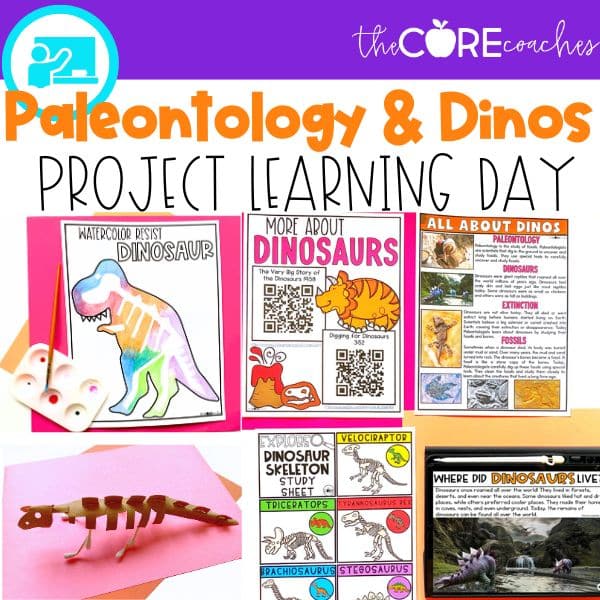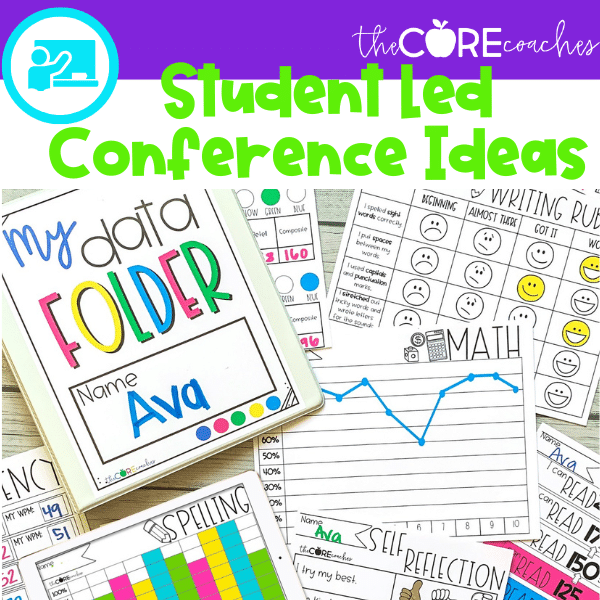Using Multiple Paired Text Passages in the Classroom
With the introduction of more rigorous standards across the country comes the expectation for elementary students to be able to read, scrutinize, analyze, and then support their thinking using multiple texts on the same topic. As many teachers have already discovered, this is no small task for children!
The goal is to share how we are supporting our students as they use multiple texts in the classroom. We’re aiming to mimic what our students may encounter on their state’s end of level assessment so that students are very familiar with this process when the time comes. Testing aside, we feel strongly that we are teaching a very necessary ‘life skill’. This is because students are able to review a variety of sources and pull out the information needed for a given task!
The basic idea of using multiple texts in the classroom looks like:
- students reading passages of texts on a certain topic
- students synthesizing what they have read
- students responding (in writing) to a given prompt
Get Started with paired text passages
To begin, we carefully select a topic. It’s fun to use using current events, topics of interest, or anything that relates to your social studies or science curriculum. Then, we begin the (sometimes daunting) task of locating two texts that would be easily paired to not only match the topic, but also be at the appropriate grade level for our students. You may be interested in a {FREE} site called, readworks.org that offers paired and leveled texts. It is a wonderful place to start if you are new at this!
You may like our Back to School with Paired Text Article
Paired Text Passages Next Step
Once we have selected the topic and the texts, we choose a ‘prompt’ that will engage students as they read the passages. The prompt should be broad enough to allow flexible thinking, yet also specific to your topic and selected texts. During set up, we also make copies to provide both texts for students. We like for them to have their own, individual copies to use during the lesson.
When all of that behind-the-scenes prep work is done, we present the prompt to the students. The class has a brief discussion to solidify basic background knowledge on the topic, then we set kids in motion to read both texts completely. After reading, we provide students with some sort of graphic organizer or note- taking sheet. (See below for an example of the graphic organizer we use for an ‘opinion-style’ prompt.)
Paired Text Passages Next Step
The students write the prompt at the top of the organizer or note taking sheet. Then the students will return to the texts to highlight ideas to support the prompt The students should be highlighting examples, facts, details, reasons, etc. Then students can take notes, highlight, and write their thoughts directly on the texts. This should be done as they read through the second time. After the second read, they then transfer their thoughts, notes, and highlighted words. They should transfer ideas from both texts onto their graphic organizer/note taking sheet.
Side Note about paired text passages
We always try to build an organizer that mimics the structure of writing we would like the students to produce in response to the prompt. A carefully laid out graphic organizer forces our students to purposefully select the ideas they will include and requires them to synthesize the information presented in both texts. We have found that we get a better written product from students when we support them with a well thought-out graphic organizer. Of course, as the year goes on, we train our students to ‘build their own’ graphic organizers because they are only allowed to use blank paper during state assessments. But, because we use the same two or three organizers in class all year long, they can more easily remember what components they need when they are required to create their own using plain paper.
After completing the Graphic Organizers
Once students have completed the graphic organizer or note-taking sheet, they have the support necessary to begin writing in response to the prompt. The expectation for this writing assignment is aligned with the grade-level writing standards. We expect our fourth graders’ responses to be in paragraph format using complete sentences, with linking words between ideas, and specific examples or evidence cited from the texts that help to support their thinking. (Notice that these components are pretty much identical to those that are included on the graphic organizer…) We also try to always provide a checklist or rubric for the writing assignment so students are very clear on the expectations and can easily evaluate their writing.
Digital Update! We’ve entered the realm of more wide-spread digital, distance, and online learning opportunities, but writing instruction doesn’t have to take a back seat. This pattern for teaching with paired texts will work for online instruction too!
There you have it! Our ‘best practice’ strategies for preparing students to successfully engage with multiple texts, while also becoming better prepared for the end-of-year state assessments (which require our students to produce writing on-demand.)
If you are looking for grade-specific paired texts on engaging, high-interest topics, please be sure to visit our SHOP page. After completing lesson plan sets in print or digital formats that have everything you need to get started using paired texts.
For your convenience, each set includes leveled texts for 3rd-6th grades, which makes them perfect for differentiation!
Related Articles
- Back to School with Paired Text
- Cell Phones – Paired Texts to Improve Students Writing
- Digital vs. Board Games – Paired Text to Improve Students Writing
- Encourage Quality Writing From Students using Relevant Topics
- Paired Text in the Classroom
Try a Paired Text Lesson

Provide your email address and we'll send off your free Paired Text Writing lesson plan right away.
Success! Now check your email to access your free Paired Texts writing lesson plan.






